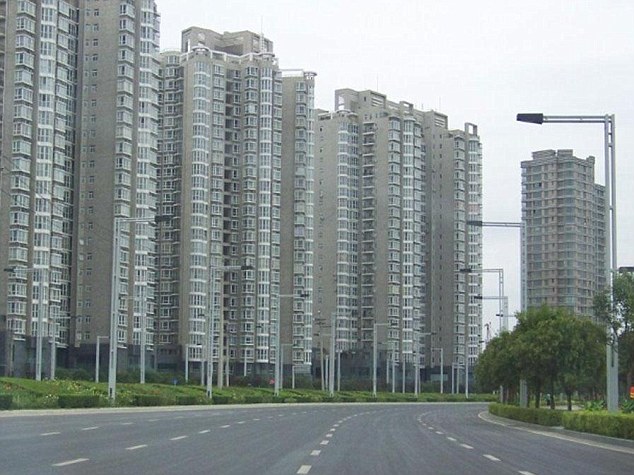To the naked eye, it represents progress. China has still an enormous rural population doing subsistence level farming. As the nation grows economically, such a way of life is an inherent drag, an anchor on aggregate efficiency Chinese officials would rather not put up with. Moving a quarter of a billion people into cities in an historically condensed time period calls for radical thinking, and radical doing. In one official party plan, it was or has to happen before 2026.
The idea has been to build 20 new cities for this urbanization, and then maybe 20 more. It led to places like Yujiapu in Tianjin. China’s answer to Manhattan was to include a replica Lincoln Center, a Rockefeller Center and even twin towers. Built to fit half a million, barely 100,000 live there.
There are numerous other examples of these ghost cities, including Kangbashi dug out of the grassy plains of Inner Mongolia. It is in every sense a modern marvel, 137 sq. miles of tower blocks and skyscrapers that sit almost entirely empty. There are now plans to build yet another one, south of the capital Beijing this time, to supposedly relieve pressure and pollution of that city’s urban sprawl. In the Xiongan New Area, this newest city will be three times the size of NYC, enough, if plans were ever to actually work out, to draw almost 7 million Chinese.
These are mind-boggling numbers and end up making truly eerie places for the few times when their existence is allowed to be acknowledged in the mainstream. The reasons for them are really not hard to comprehend, however.
The older ghost cities started out as pure demographics, a place for China’s new middle class to urbanize and economize. The more the rest of the world demanded for China to produce and ship, the more Chinese (cheap) labor it would all require. And there had to be something other than slums for this to happen, else any such intrusive transformation risked what was and remains a delicate power balance.



















Leave A Comment